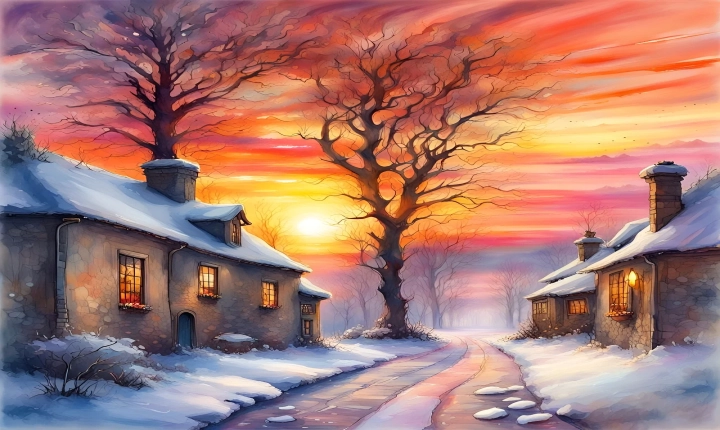Title: The Artistic Potential of AI: Exploring the Future of Creativity
Artificial intelligence (AI) has transformed numerous industries, from healthcare to transportation, and now it is beginning to make its mark on the art world. The ability of AI to create art has sparked both fascination and skepticism, but as technology continues to advance, the potential for AI to revolutionize the creative process is becoming increasingly clear.
AI’s foray into art has shown that it is not limited to data analysis and problem-solving but can also engage in creative endeavors. One of the most compelling aspects of AI-generated art is its ability to transcend human limitations and explore new artistic realms. By analyzing vast amounts of data and learning from countless examples, AI can create art that is innovative, thought-provoking, and even transcendent.
One of the most well-known examples of AI-generated art is the work of Google’s DeepDream, which uses neural networks to transform ordinary images into surreal and dreamlike creations. Through a process called “style transfer,” AI can recreate famous art styles or merge attributes from different works, producing unique and visually striking pieces.
AI has also been used to create music, poetry, and even literature. Projects such as Aiva, an AI composer, have demonstrated the ability of AI to write original musical compositions that sound remarkably human. Additionally, OpenAI’s GPT-3 language model has proven its capacity to generate coherent and compelling pieces of writing, blurring the lines between human and machine creativity.
The implications of AI in art extend beyond the creative process itself. AI can also be a valuable tool for artists, providing inspiration, generating ideas, and assisting with the execution of art. Through algorithms that analyze user preferences, AI can recommend artworks, tailor creative content to individual tastes, and even predict potential trends in art, enabling artists to adapt and innovate in their work.
However, as AI’s influence in art grows, questions about the nature of creativity and the role of human artists have inevitably arisen. Some argue that AI-produced art lacks the depth, emotion, and unique perspective that human artists imbue in their work. Others worry that AI-generated art may devalue the artistic process and diminish the role of human creativity.
Despite these concerns, AI’s integration into the art world has the potential to enrich and expand creative expression. Rather than replacing human artists, AI can serve as a collaborator, inspiring new ideas and offering fresh perspectives. The fusion of AI and human creativity may lead to a reimagining of what art can be, blurring the boundaries between the organic and the artificial and challenging traditional notions of artistic production.
As AI continues to evolve, the future of art is likely to be shaped by its capabilities. From personalized art algorithms to interactive exhibits, AI has the potential to transform the way we experience, create, and appreciate art. By embracing AI as a partner in the artistic process, we may witness a renaissance of creativity that transcends the limitations of human imagination.
In conclusion, the intersection of AI and art represents a new frontier for creativity. As technology advances and our understanding of AI deepens, the potential for AI to make meaningful contributions to the art world is becoming increasingly evident. By embracing the possibilities that AI offers, we can unlock new realms of artistic expression and redefine the boundaries of human creativity.
